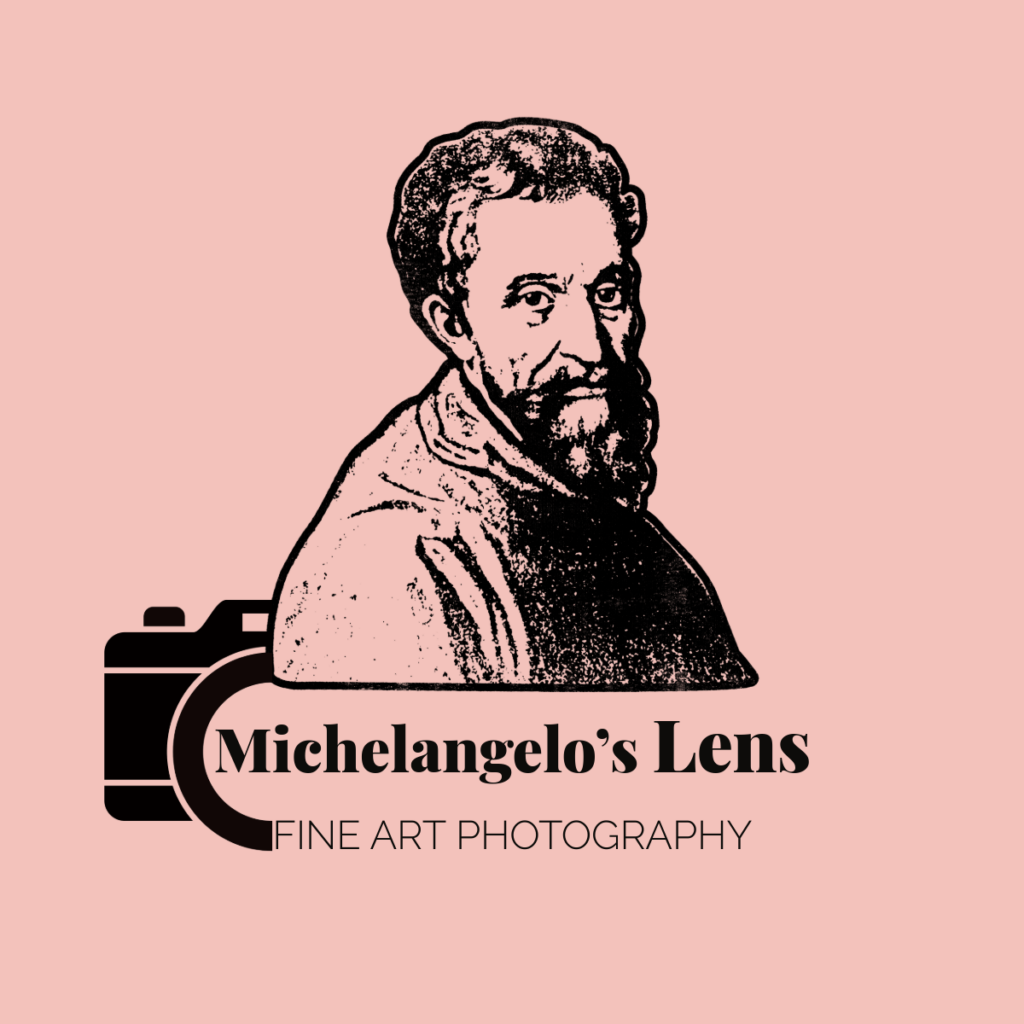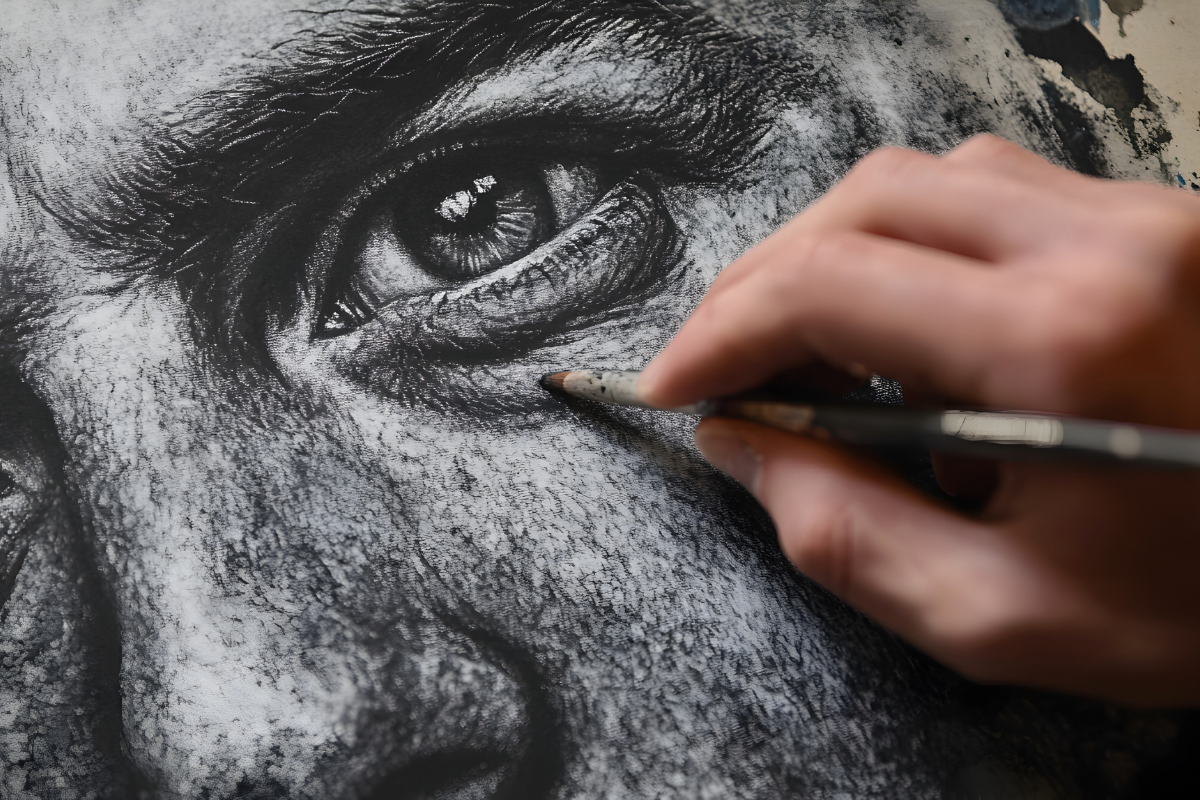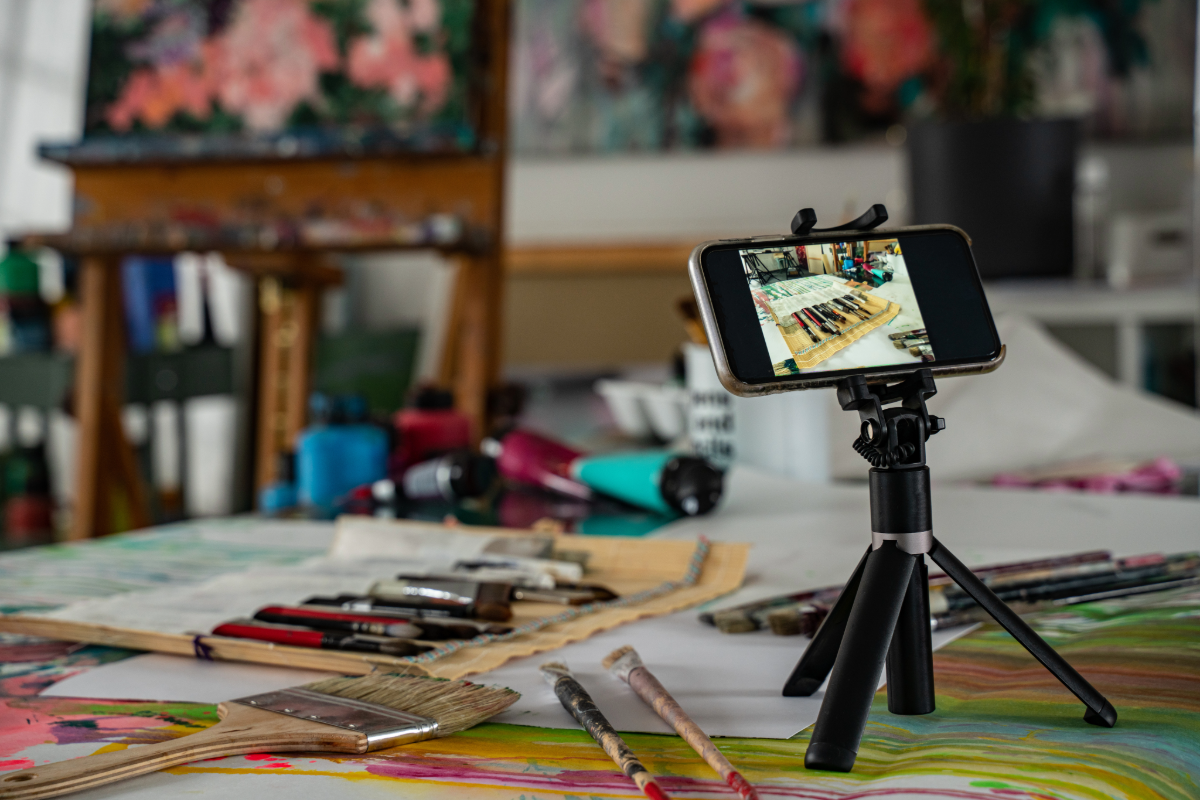How to Write a Solid Business Plan For Your Art or Photography Business
Whether you’re a painter, sculptor, or photographer, turning your creative passion into a sustainable business requires more than just talent. It demands strategy, planning, and foresight. In essence, you’re running a business, and like any other business, you need a roadmap to success: a business plan.
What is a Business Plan?
A business plan is a formal document outlining your business goals, strategies, resource needs, and risk management plan. It’s a dynamic document that evolves with your business. For creatives, a business plan helps clarify your vision, strategies, and how to make the best use of your time, talent, and resources.
Creating a business plan forces you to examine your business direction critically. You’ll need to answer key questions like: What are your specific goals? Who is your target audience? How will you market your work? What are your financial expectations?
🎨 Related: The Artist’s Blueprint to Build a Thriving Career
Why a Business Plan Matters
Unfortunately, most art and photography programs don’t cover the business side of creativity. This leaves many talented artists and photographers unsure about how to turn their passion into profit. A business plan provides a clear path forward, helping you:
- Clarify Your Goals: Define your objectives, whether it’s selling in galleries, becoming a full-time artist, or teaching workshops.
- Identify Your Target Market: Pinpoint your ideal client, whether it’s high-end galleries, interior designers, direct-to-consumer sales, or public art commissions.
- Develop a Marketing Strategy: Create a plan to reach your target audience, from social media to art fairs and networking.
- Manage Your Finances: Understand your costs, pricing strategy, and profit margins to ensure financial sustainability.
- Prepare for Growth: Plan for scaling your business, whether it’s increasing production, offering commissions, or partnering with galleries.
Key Steps to Creating Your Art or Photography Business Plan
- Executive Summary: A brief overview of your business, including its mission, products/services, and key goals.
- Business Description: A detailed description of your business, your unique selling points, and your target market.
- Market Research: Analyze your target market, competition, and industry trends.
- Marketing Plan: Outline your marketing strategies, including social media, email marketing, and public relations.
- Financial Plan: Create a budget, set pricing, and forecast your income and expenses.
- Goals and Milestones: Set specific, measurable, achievable, relevant, and time-bound (SMART) goals.
- Risk Management: Identify potential risks and develop strategies to mitigate them.
🎨 Related: Art Marketing on a Budget
Sample Business Plan for a Fine Art Photographer
To help bring these steps to life, let’s create a hypothetical business plan for a fine art photographer. We’ll call this fictional business “Michelangelo’s Lens Fine Art Photography.”

Business Plan for Michelangelo’s Lens Fine Art Photography
Executive Summary
- Business Name: Michelangelo’s Lens Fine Art Photography
- Owner: Michelangelo Buonarroti
- Location: Florence, Italy (reaching a global audience online)
- Mission Statement: To capture the beauty of the human form and natural landscape through the lens, inspired by the classic style of the Renaissance, with a modern twist.
- Goals:
- Establish Michelangelo’s Lens as the premier fine art photography brand for interior designers, collectors, and art aficionados.
- Build a loyal following through limited-edition prints, gallery showings, and private commissions.
- Showcase Renaissance-inspired photography collections through select galleries, online exhibitions, and social media channels.
Business Description
- Overview: Michelangelo’s Lens Fine Art Photography blends the drama and depth of the Renaissance with fine art photography. Specializing in high-contrast black-and-white compositions, Michelangelo’s work emphasizes emotion and timeless beauty through the play of light and shadow.
- What Makes Us Unique: Limited-edition, high-quality prints that evoke a classical art feel; a focus on the human form, dramatic landscapes, and scenes inspired by mythology and history.
Market Research
- Who We’re Selling To: Art collectors, interior designers, luxury real estate clients, and galleries.
- Industry Insights: Interest is growing in fine photography that reflects a sense of timelessness and classical beauty. Many collectors and enthusiasts are looking for something beyond contemporary or abstract work, which helps Michelangelo’s Lens stand out.
- Our Competition: Other photographers may focus on modern themes, abstract designs, or digital techniques, but Michelangelo’s Lens offers a rare classical style with a Renaissance influence.
Marketing Plan
- How We’re Positioning the Brand: Michelangelo’s Lens will be known for its unique, Renaissance-inspired style and limited-edition, museum-quality prints.
- Marketing Steps:
- Website & Online Portfolio: Create a high-end portfolio website that shows off collections, shares a bit about the photographer, and offers options to buy prints.
- Social Media Presence: Use Instagram, LinkedIn, and TikTok to share photos and stories behind the work, reaching art lovers and collectors. Feature content with Renaissance-themed posts and storytelling.
- Monthly Email Updates: Send out a newsletter with updates on new pieces, special offers, and upcoming shows or features.
- Leverage Online Art Platforms: Regularly apply to open photography calls on TheArtList, focusing on online contests and exhibitions.
Financial Plan
- Revenue Goals: Start by selling 3-5 prints per month, aiming to make $2,000 monthly within the first six months.
- Pricing Strategy: Prices will reflect the high quality and limited-edition nature of each print. Offering different sizes at different prices will make the art accessible to a variety of buyers.
- Financial Plan for Growth: Build brand awareness gradually and increase monthly income as more collectors discover the work.
Goals and Milestones
- First 3 Months: Launch portfolio website, establish social media accounts, and release the first print series.
- Next 3-6 Months: Show work in at least one local art fair, connect with a gallery, and sell the first 10 limited-edition prints.
- End of Year 1: Grow the email list, reach 5,000 followers on social media, and sell 30 prints.
Risk Management
- Sales Fluctuations: Offer a range of print sizes and prices to appeal to different budgets.
- Production Challenges: Work with reliable print companies to ensure quality and consistency.
Elevate Your Creative Business with TheArtList
Ready to take your art or photography career to the next level? TheArtList is your go-to resource for income and exhibition opportunities, resources, and inspiration.
- Open Art & Photo Calls: Discover fresh opportunities for artists and photographers, updated daily right here on TheArtList!
- Featured Artist of the Month Contest: Enter our contest for a chance to be recognized as Artist of the Month. Winners will receive gift cards from Jerry’s Artarama and gain exposure across our platform, social media, and email newsletter.
- Newsletter: Subscribe to our Artist & Photographer Mailing List and receive resources straight to your inbox, including informative blog posts like this one, and open calls and competitions to elevate your art or photography business.
A well-crafted business plan is the foundation of a successful creative career. By taking the time to create a comprehensive plan and utilizing resources like TheArtList, you can turn your passion into a thriving business. Remember, your business plan should be a dynamic tool that grows with you. Regularly review and update it to ensure it remains aligned with your evolving goals and strategies. With determination, the right framework, and a strategic approach, you can navigate the art world successfully and thrive as a creative entrepreneur!















